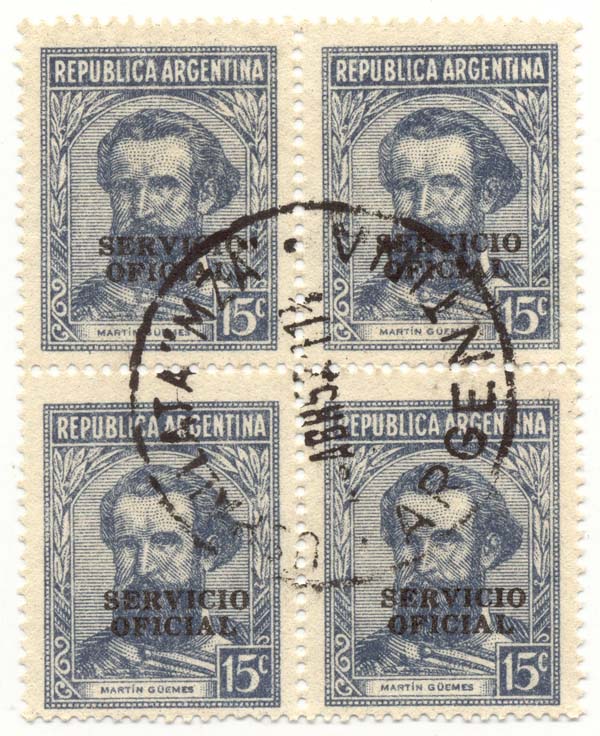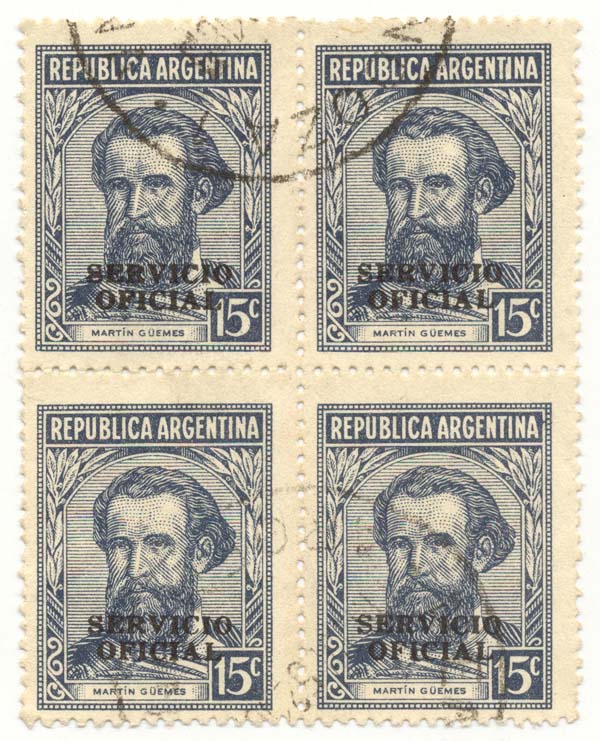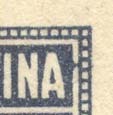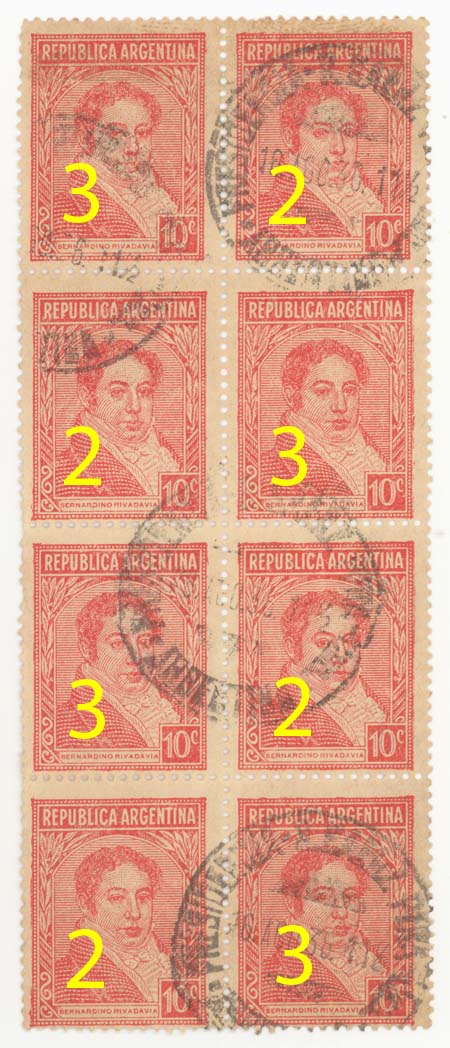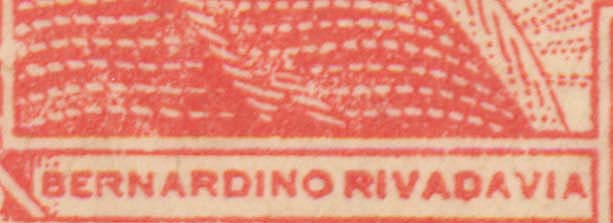The two dots are found under the letters RN of BERN in BERNARDINO.

I find two specimens with this plate variety, recently reported by Rein. The two I find are different positions in the plate, as are the two from the position immeditely right of this plate variety. Here are comparisons of the 'two dots' specimens;
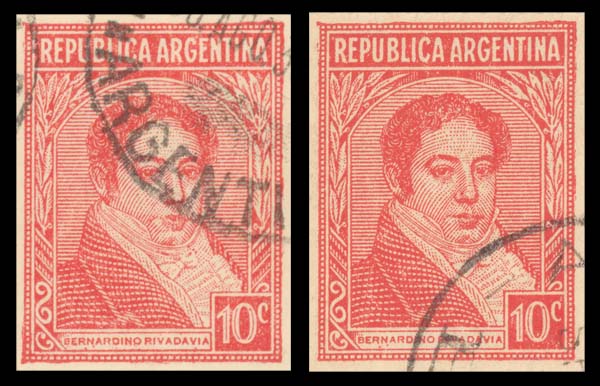
and of the position to the right of the two examples on hand:

Here is the strip of three with the first example.

Left-most stamp
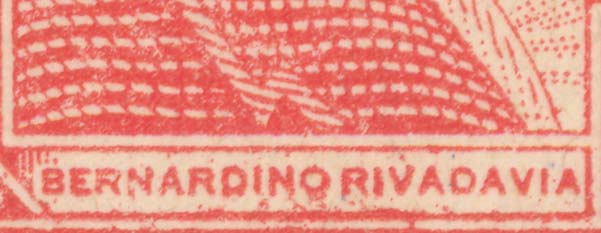
Middle stamp, 'two dots' (shown at top)
Right-most stamp

top detail of the right-most stamp

bottom detail of the right-most stamp

The second specimen is found top left in this block.

Top left, 'two dots' plate variety
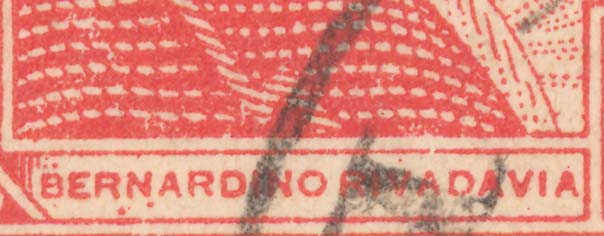
Block labeled for types (2 is II, 3 is III):
















